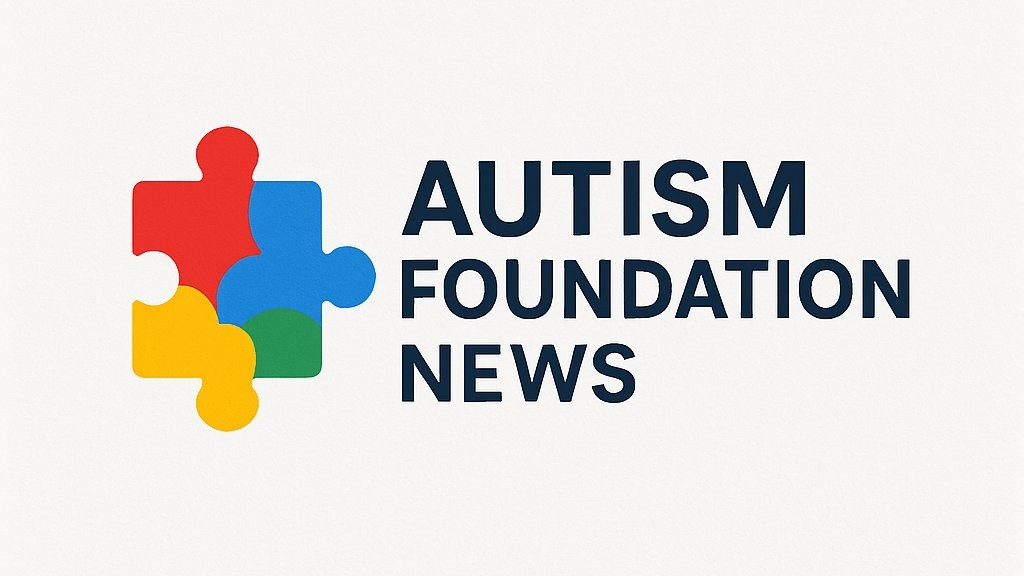
Understanding Meditation: Two Powerful Techniques
Meditation has surged in popularity over the years, often hailed for its mental and physical health benefits. Among the myriad forms of meditation, two of the most commonly compared are Transcendental Meditation (TM) and mindfulness meditation. Both practices offer unique approaches to achieving a peaceful state of mind, yet they engage the mind and body in distinctly different ways.
What is Transcendental Meditation (TM)?
Transcendental Meditation, as practiced by Vanessa Hutchinson-Szekely and many others, involves the silent repetition of a specific sound or mantra. This form of meditation facilitates a deeply restful state where the individual can transcend usual thought patterns, enabling profound relaxation and heightened awareness. TM is typically taught through certified instructors over several sessions, creating a structured and tailored experience for each participant.
Mindfulness Meditation: A Different Approach
In contrast, mindfulness meditation encourages practitioners to focus on present moment awareness without judgment. This practice can include various techniques such as breath awareness, body scanning, and sensory observation, often leading to improved emotional regulation and reduced anxiety. Unlike TM, mindfulness meditation can be practiced alone or in group settings and does not necessitate a specific instructor’s guidance, making it more accessible for many.
Benefits of Each Practice
Both TM and mindfulness meditation boast numerous benefits, particularly for individuals navigating the complexities of daily life. Research has shown that TM can significantly reduce stress and promote overall emotional well-being, particularly in individuals facing chronic health issues. Mindfulness, on the other hand, enhances self-awareness and cultivates emotional intelligence, vital for caregivers and individuals with autism, as it fosters empathy and understanding.
Making the Right Choice for You
Deciding which meditation style is best for you largely depends on your personal preferences and lifestyle. If you prefer a structured approach with specific techniques, TM may serve you well. However, if you’re looking for flexibility and ease of access, mindfulness might be the more suitable option. It can also be beneficial to try both techniques to see which aligns with your personal meditation goals.
Getting Started: Practical Tips for Beginners
Whether you choose TM or mindfulness, starting your meditation journey can be made simple with a few practical tips. For TM, seek a certified instructor for a comprehensive introduction and guidance. For mindfulness meditation, consider integrating short sessions into your day—begin with five to ten minutes of focused breathing or guided meditations available on various apps and online platforms.
Community and Support in Meditation
Joining a meditation group or community can also enhance your practice, providing accountability and shared experiences. Many communities cater to diverse needs, including groups focused on autism support, which can offer both social connection and a commitment to regular practice.
In conclusion, both Transcendental Meditation and mindfulness offer valuable tools for enhancing mental wellness. Exploring these techniques can lead to personal insights and benefits, particularly for individuals navigating challenges associated with autism. Consider incorporating these practices into your routine and observe the profound impacts they can have on your life.”
 Add Row
Add Row  Add
Add 




Write A Comment